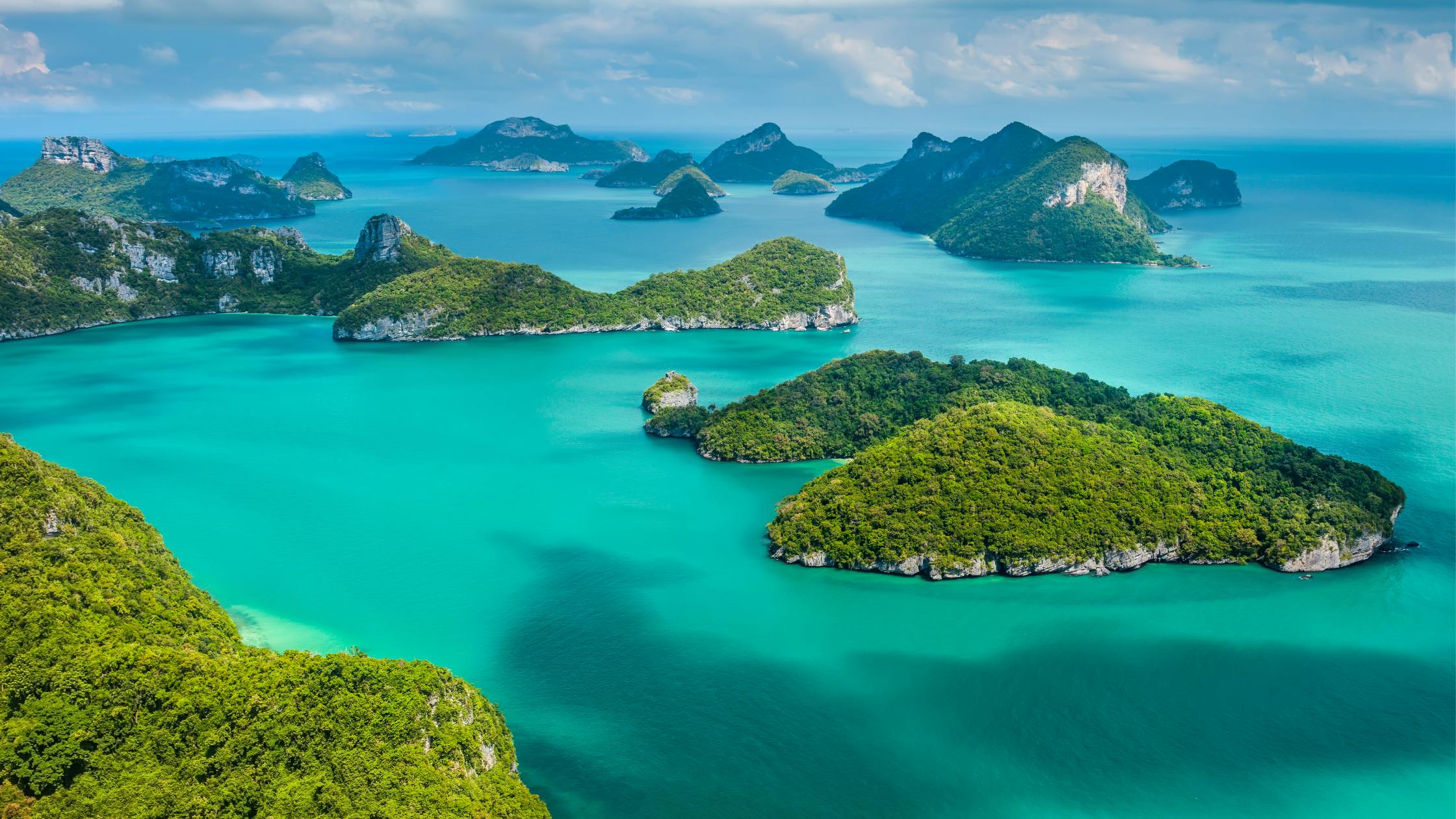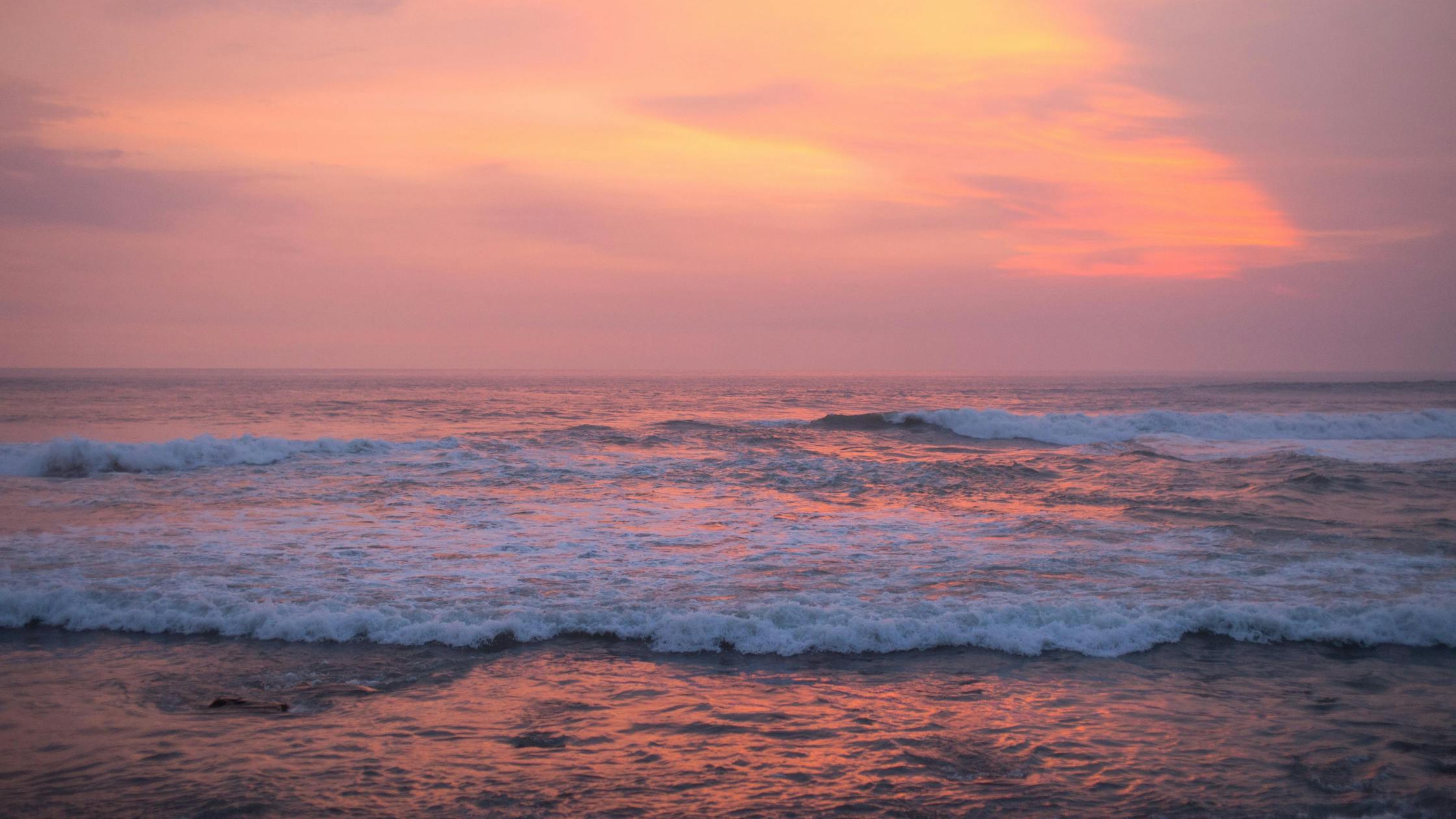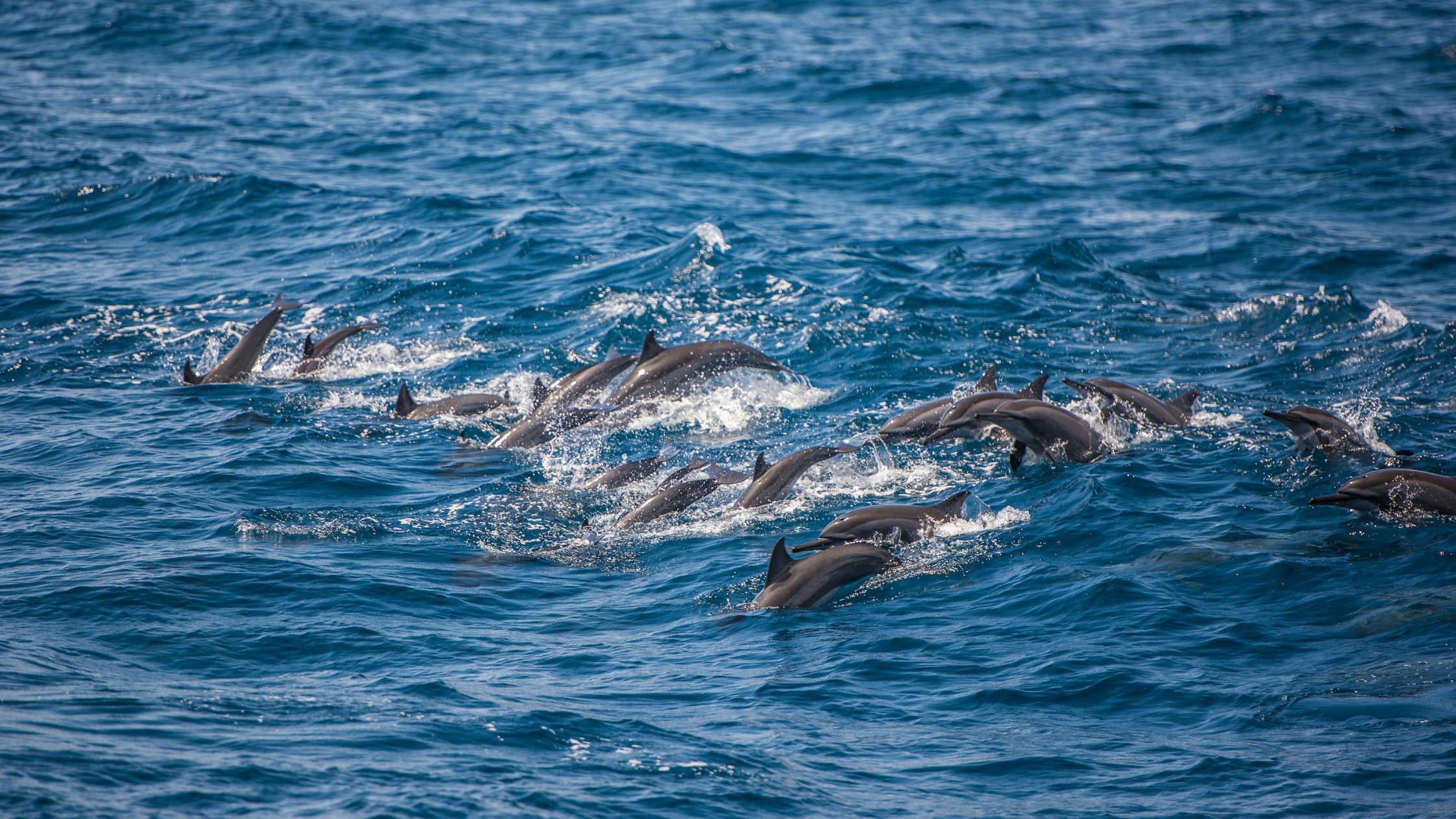Best Time to Visit Mauritius
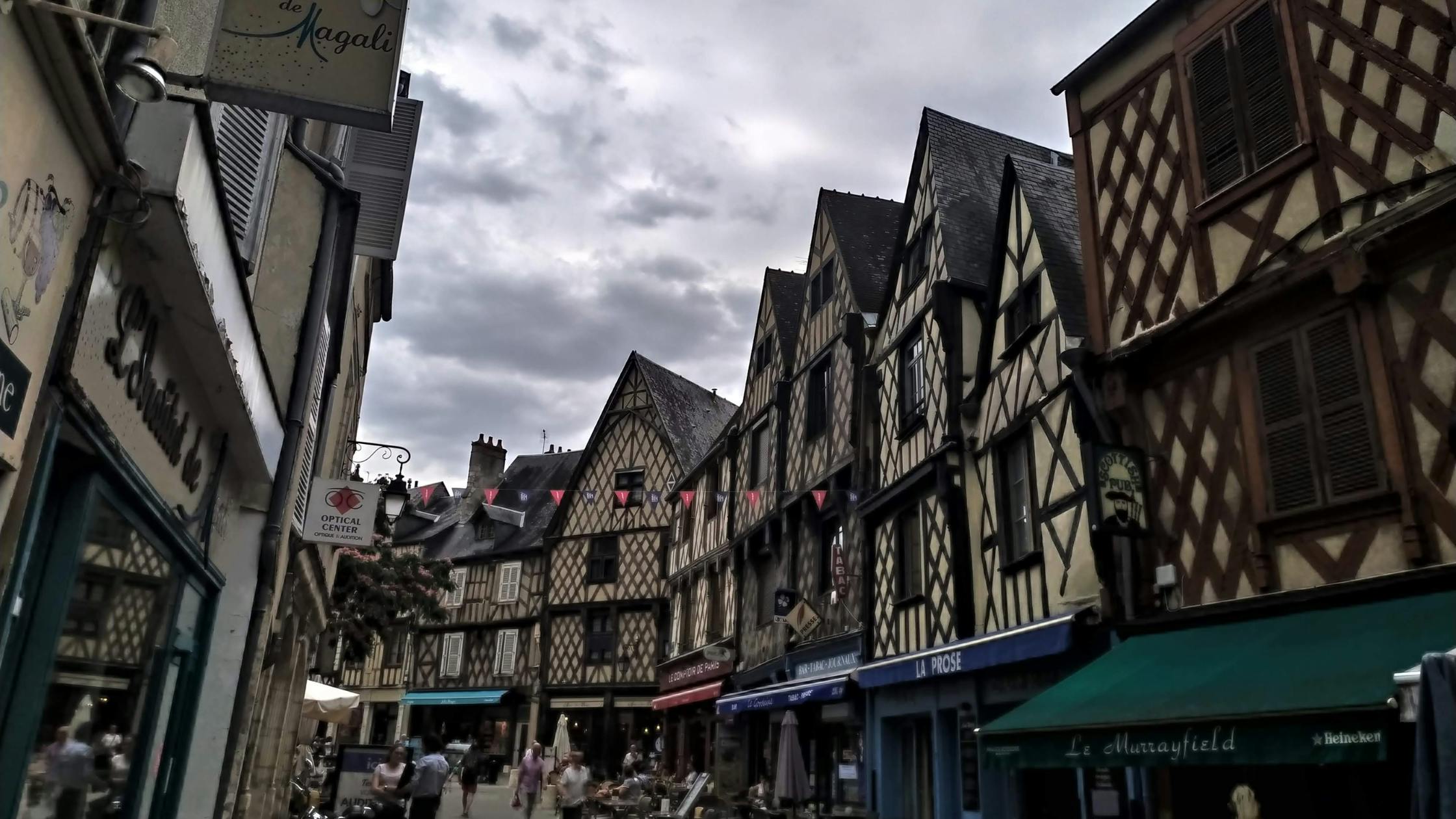
With its powdery white-sand beaches, lush mountains, and vibrant culture, Mauritius is a year-round tropical paradise that rarely disappoints. Sitting just off the southeastern coast of Africa, this island nation enjoys a warm, sunny climate nearly every month, making it a dream destination whether you're planning a honeymoon, family vacation, or solo adventure.
But while the weather is generally inviting, the "best time to visit" Mauritius really depends on what you want from your trip. Are you longing to lounge on sun-soaked beaches? Hoping to hike forested trails in the cool breeze? Want to experience colorful island festivals or stretch your budget during the quieter months?
- For beach lovers and water sports enthusiasts, the dry winter months from May to October offer crystal-clear waters, low humidity, and plenty of sunshine, ideal for snorkeling, diving, or simply relaxing by the sea.
- Adventure seekers and hikers will find the cooler mid-year months perfect for trekking through national parks like Black River Gorges or exploring the scenic cliffs of Le Morne.
- Culture buffs and festival-goers should consider traveling during January to March or late December, when the island bursts to life with Hindu, Chinese, and Christian celebrations that blend music, food, and spirituality.
- Traveling on a budget? You’ll find great deals and fewer crowds during the shoulder months of May, June, and September, when the weather is still pleasant and accommodations are more affordable.
No matter your style of travel, there's a perfect season waiting for you in Mauritius. Read on to find out how to time your trip for the experience you’ve been dreaming of.
Finding the Perfect Season for Your Mauritius Adventure
Personal Preferences Matter
The best time to visit Mauritius depends entirely on your travel style. Whether you're dreaming of sunbathing on white-sand beaches, hiking lush volcanic trails, diving into coral-rich lagoons, or immersing yourself in colorful cultural festivals, each season on the island offers a unique escape tailored to different tastes.
Weather Influences Your Activities
Mauritius enjoys a tropical climate year-round, but weather patterns shift between the humid summer (November to April) and the dry, cooler winter (May to October). Summer is perfect for diving and lush green landscapes, while winter brings clear skies and gentle breezes—ideal for beach time, hiking, and sightseeing.
Budget-Friendly Choices
For those watching their wallets, May, June, and September offer the best of both worlds: great weather and lower prices. These shoulder-season months come with fewer tourists, discounted hotel rates, and quieter beaches, making it easier to enjoy the island’s beauty without the crowds or the cost.
Festivals and Events
Mauritius pulses with culture throughout the year. January to March features Hindu celebrations like Cavadee and Maha Shivaratri. December lights up with Christmas and New Year festivities. Visiting during festival seasons offers a deeper connection with the island’s diverse traditions and vibrant communities.
Tourist Crowds
Peak travel times, especially December to mid-January and July to August, bring larger crowds and higher prices. If you prefer serenity and space, plan your trip during spring (September–November) or early winter (May–June) for a more relaxed experience.
Nature and Scenery
Mauritius transforms beautifully with the seasons. Summer showcases lush green landscapes and flowering tropical gardens. Winter delivers golden coastlines and crisp hiking conditions. Visit in September or October to see blooming flowers, or in June for cool nature trails and clear waters teeming with marine life.
Different Travel Seasons in Mauritius
When to Visit Mauritius: Seasonal Weather & Travel Tips
Mauritius offers tropical charm year-round, but understanding the seasonal weather can help you choose the perfect time for your dream vacation. Whether you’re chasing sunshine, diving into coral reefs, or hiking through emerald landscapes, here’s how the seasons shape the Mauritius experience.
Summer in Mauritius (November to April)
Why Visit
The Mauritian summer is hot, humid, and vibrant, ideal for beach lovers and ocean explorers. With warm sea temperatures and rich marine biodiversity, this season is perfect for those who want to swim, snorkel, and dive in crystal-clear waters.
Highlights
- Explore the lagoon at Blue Bay, a top spot for snorkeling
- Relax in Grand Baie, known for its lively beach scene and nightlife
- Try sunset cruises off the coast of Le Morne
- Savor tropical fruits like lychees, mangoes, and pineapples
- Enjoy open-air dining at beachfront bars and cafes
Travel Tips
- Book early if you’re planning to visit during Christmas or New Year, as accommodations fill up fast
- Carry reef-safe sunscreen, a hat, and plenty of water to stay cool
- Be prepared for occasional rain showers, especially from January to March
Winter in Mauritius (May to October)
Why Visit
Winter in Mauritius brings cooler, drier weather, ideal for hiking, sightseeing, and outdoor activities. This is the best time for families, nature lovers, and eco-travelers looking for comfort without the intense summer heat.
Highlights
- Hike through Black River Gorges National Park, Mauritius’s largest rainforest reserve
- Visit Chamarel Falls and the Seven Colored Earths
- Join dolphin-watching tours along the west coast
- Experience kitesurfing season at Le Morne, a hotspot for wind sports
- Spot whales during their migration (especially July to October)
Travel Tips
- Pack a light jacket or sweater; evenings can get cool, especially in the central plateau
- Enjoy off-peak hotel rates and fewer crowds during May and June
- It’s a great time for photography, thanks to clear skies and soft natural light
When to Visit Mauritius for Festivals and Special Events
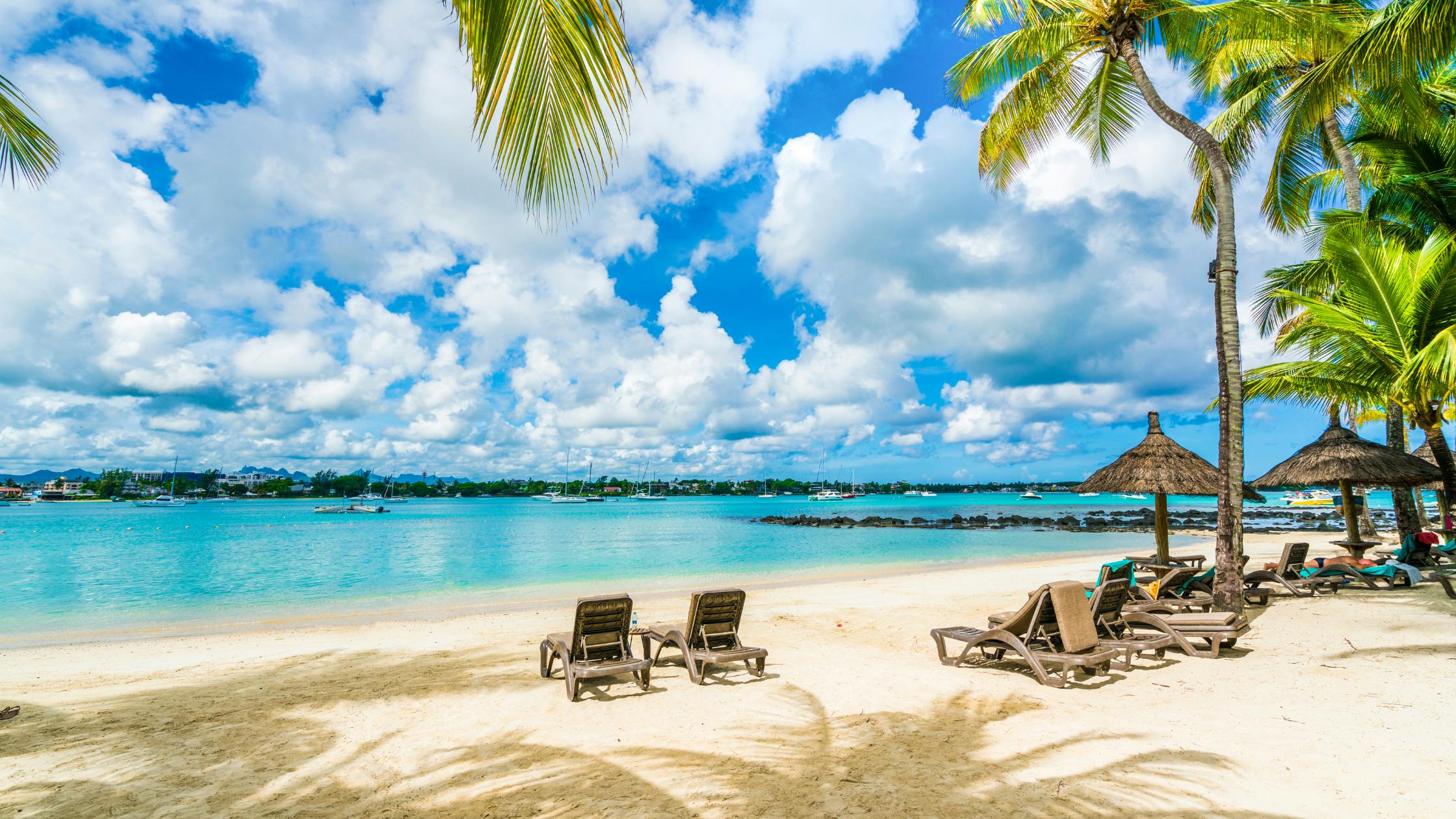
Mauritius isn’t just about beaches and lagoons; it's also a melting pot of cultures that celebrates festivals from Hindu, Muslim, Christian, and Chinese traditions. These events offer a deep dive into the island’s soul, filled with music, color, rituals, and authentic food. Here’s how the cultural calendar breaks down through the year.
Summer Festivals (January to April)
The start of the year is packed with vibrant religious and cultural festivals, making it one of the most spirited times to visit.
- Chinese New Year
Celebrated mainly in Port Louis and Chinatown, this event brings lion dances, red lanterns, and street feasts that showcase the island’s Chinese heritage. - Cavadee (Thaipoosam Cavadee)
A dramatic Hindu ritual marked by body piercings, colorful processions, and offerings to Lord Murugan. The devotion and energy are powerful to witness. - Maha Shivaratri
A sacred Hindu pilgrimage where thousands of devotees walk to Grand Bassin (Ganga Talao), transforming the serene lake into a spiritual hub filled with prayer, offerings, and community spirit. - Local Feasts and Music
Throughout summer, you'll also find small village festivals with traditional Sega music, food stalls, and Creole cultural performances.
Winter Celebrations (May to October)
The cooler months bring fewer tourists and a more authentic, relaxed vibe, perfect for travelers seeking local immersion.
- Ganesh Chaturthi
Celebrated by the island’s Hindu community with decorated statues, music, and river immersions, especially in areas like Triolet and Curepipe. - Eid-ul-Fitr
A major Islamic celebration observed with community feasts, mosque prayers, and family gatherings. While more private, visitors will still enjoy the festive spirit and delicious Mauritian-Muslim cuisine. - Cultural Fairs & Local Events
Rural towns often host craft markets, harvest festivals, and community concerts during winter. These low-key events offer a great chance to connect with locals and enjoy offbeat experiences.
Year-End Highlights (November to December)
The year wraps up with some of the island’s most dazzling and widely celebrated festivals, a fantastic time for tourists looking to combine cultural richness with celebration.
- Diwali (Festival of Lights)
One of Mauritius’s biggest Hindu celebrations, where homes and temples are lit with oil lamps and fairy lights, and sweet treats are shared across communities. - Christmas
While tropical, Mauritius celebrates Christmas with decorated towns, festive markets, and special menus at resorts. Churches hold midnight mass, and families gather for beachfront feasts. - New Year’s Eve
Ring in the New Year with fireworks over Grand Baie and Flic en Flac, live music, beach parties, and dance festivals. It's the most lively night of the year on the island!
Best Time to Visit Mauritius for Different Travelers
Mauritius offers something special for every type of traveler. Whether you're here to explore cultural gems, unwind on sun-kissed beaches, or make the most of your travel budget, timing your visit can make all the difference.
Ideal for Sightseeing
May to October is the best time for exploring Mauritius on foot or by car. With clear skies, low humidity, and cooler temperatures, it's ideal for visiting.
- Black River Gorges National Park for hiking
- Chamarel’s Seven Colored Earth
- Historic temples and rum distilleries across the island
This is also a great time for photographers and culture buffs who want to avoid the heat and capture Mauritius at its most scenic.
Budget-Friendly Travel
If you’re looking to stretch your money without sacrificing experience, travel between February and April or June to early July. These months bring
- Lower flight and hotel rates
- Discounted travel packages and tours
- Fewer tourists, meaning less crowded beaches and attractions
Just be prepared for occasional rain showers in the earlier months; pack a light poncho or umbrella just in case!
Beach Enthusiasts
From November to March, summer in Mauritius means warm ocean temperatures, gentle breezes, and endless beach days. This is prime time for:
- Swimming, snorkeling, and diving along the North and West coasts
- Relaxing at iconic beaches like Flic en Flac and Mont Choisy
- Enjoying sunset catamaran cruises or paddleboarding in calm lagoons
If your idea of paradise includes toes in the sand and salt in the air, this is your season.
Travel Tips for Visiting Mauritius
Planning ahead helps you make the most of your tropical escape. Keep these travel tips in mind to ensure a smooth and enjoyable trip.
Plan According to the Weather
Mauritius has a mild tropical climate, but the cyclone season from January to March can bring sudden rain and wind. Always check the local weather forecast and travel advisories when booking during these months.
Book Accommodation Early
If you’re planning to visit during peak seasons like December holidays or local school breaks, book your flights and hotels early to secure better rates and availability, especially at beachfront resorts and villas.
Stay Hydrated in Summer
The summer heat can be intense, especially inland. Carry a reusable water bottle, wear breathable clothing, and take breaks in shaded spots to avoid heat exhaustion.
Visit in Shoulder Season
The shoulder months, April, May, June, and September, offer the best balance between good weather and smaller crowds. You’ll also find better deals on accommodation and activities during this time.
Check for Festivals and Events
Before you finalize your dates, look up the Mauritius festival calendar. Cultural events like Diwali, Cavadee, or Ganesh Chaturthi add a rich layer of tradition, music, and cuisine to your trip.
Feel the Magic of Mauritius with Travelfika
Ready to turn your dream getaway into reality? Whether you're craving romantic sunsets, cultural discoveries, or thrilling outdoor adventures, Mauritius has the perfect season for you.

